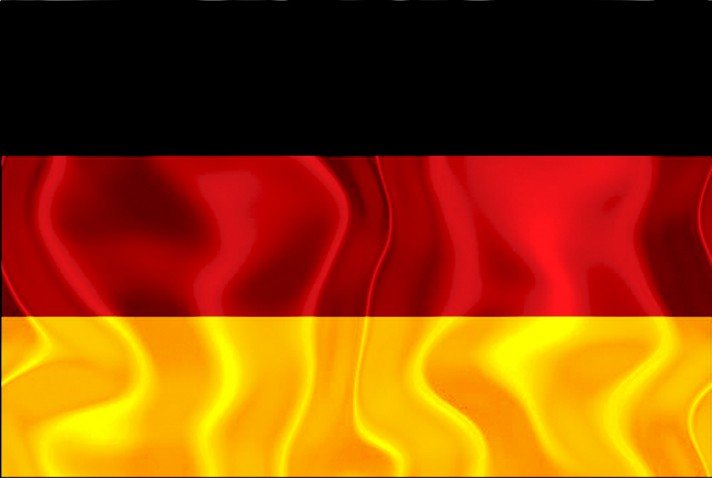In today's article we will see how to speak and write colors in German. The word Farben it is colors in German, in the singular it is farbe.
It is worth mentioning that to use colors as adjectives in German you cannot just add them in sentences. German adjectives follow a rather complicated declension rule.
German Colors
Let's see the list of colors in German below:
Tabela Responsiva: Role a tabela para o lado com o dedo <<
| Portuguese | Alemão |
| color | Farbe |
| red | rot |
| green | grün |
| yellow | gelb |
| blue | blau |
| black | schwarz |
| White | weiß |
| purple | lila |
| brown | braun |
| pink | rosa |
| Gray | grau |
| Orange | orange |
| Navy-blue | marineblau |
| bordeaux | kastanienbraun |
| teal | blaugrün |
| silver | silber |
| golden | gold |
| lime | hellgrün |
| crimson | purpurrot |
| cyan | cyan |
| indigo | indigoblau |
| ivory | elfenbeinfarben |
| lavender | lavendel |
| khaki | khaki |
| magenta | magenta |
| light-blue | hellblau |
| dark-red | dunkelrot |
| pale green | blassgrün |

Remember that German is a language where the combination of words form other words, the same thing happens with colors that can express several different Project Ideas. Observe the phrases below:
Tabela Responsiva: Role a tabela para o lado com o dedo <<
| Sich grün und blau ärgern | se irritar muito |
| Blau I do not know | estar bêbado |
| Blaumachen | não ir ao trabalho |
| Gelb vor Neid werden | morrer de inveja |
| Etwas schwarz tun | fazer algo ilegal |
| Sich schwarz ärgern | se irritar muito |
| Rotsehen | ficar com muita raiva |
| Alles degree in degree malen | ser pessimista |
Deixo com você tentar entender porque essas cores são capazes de expressar essas coisas.